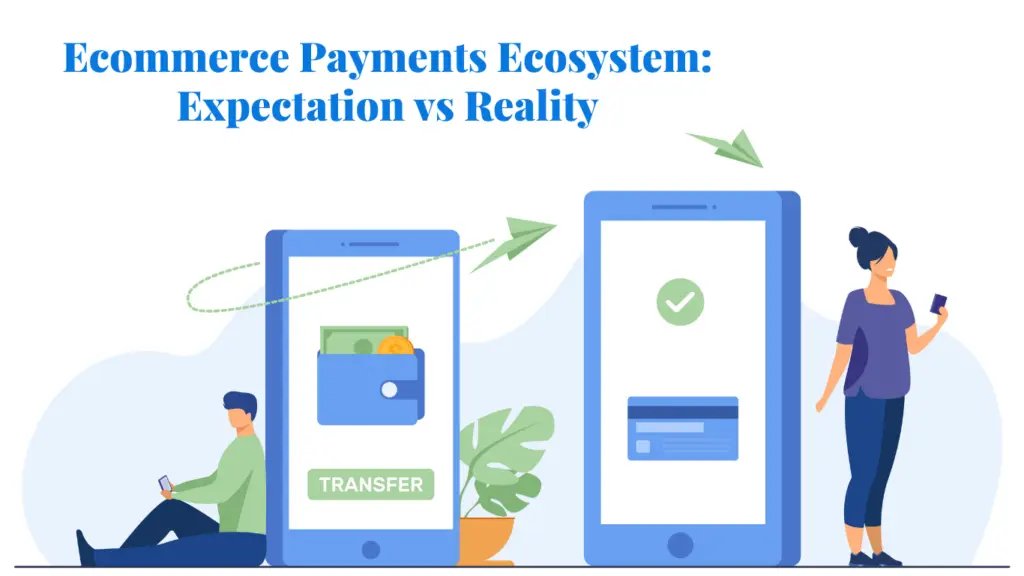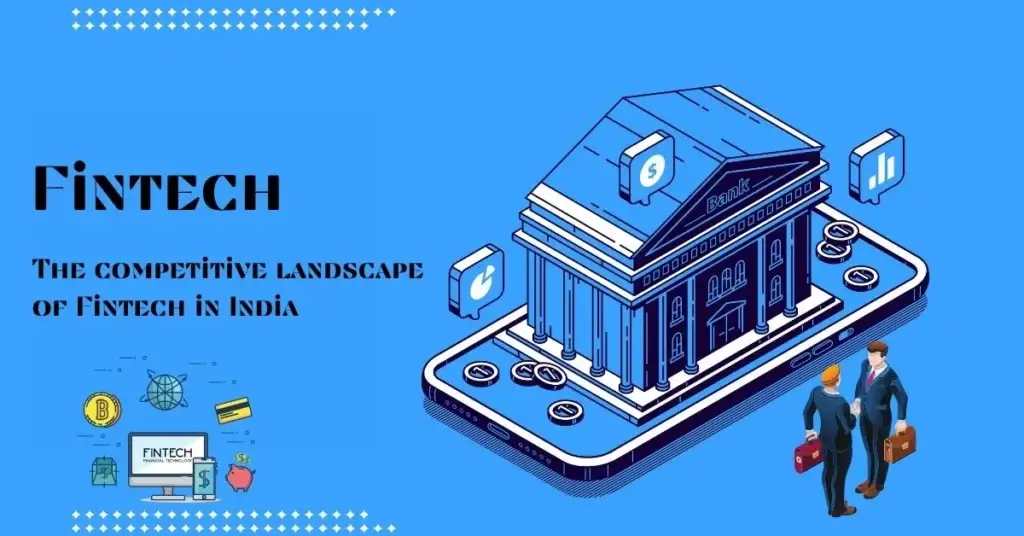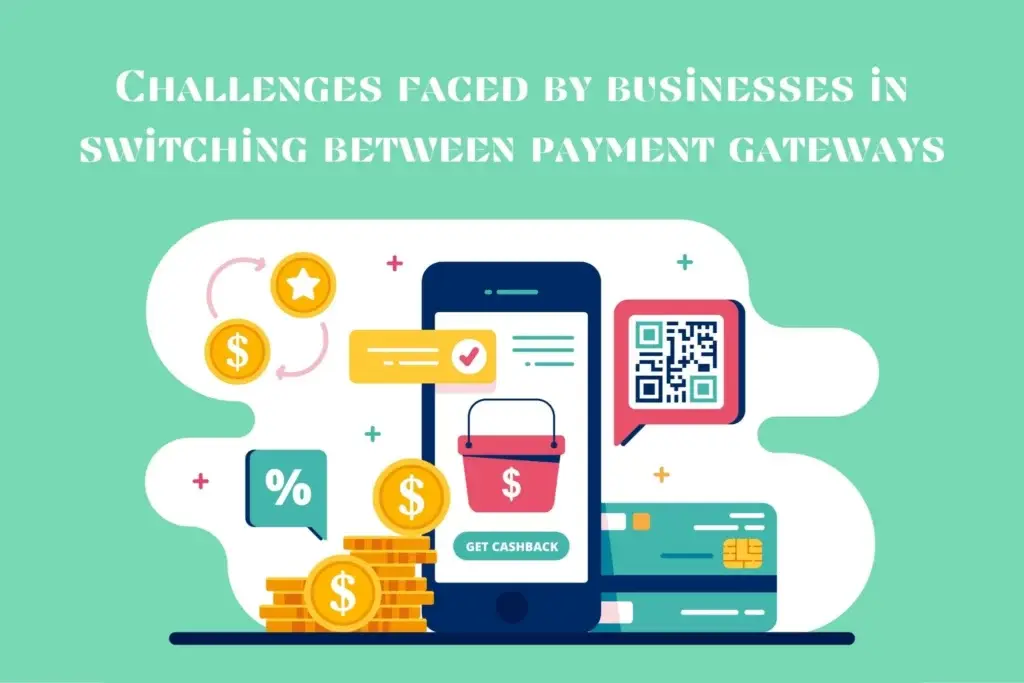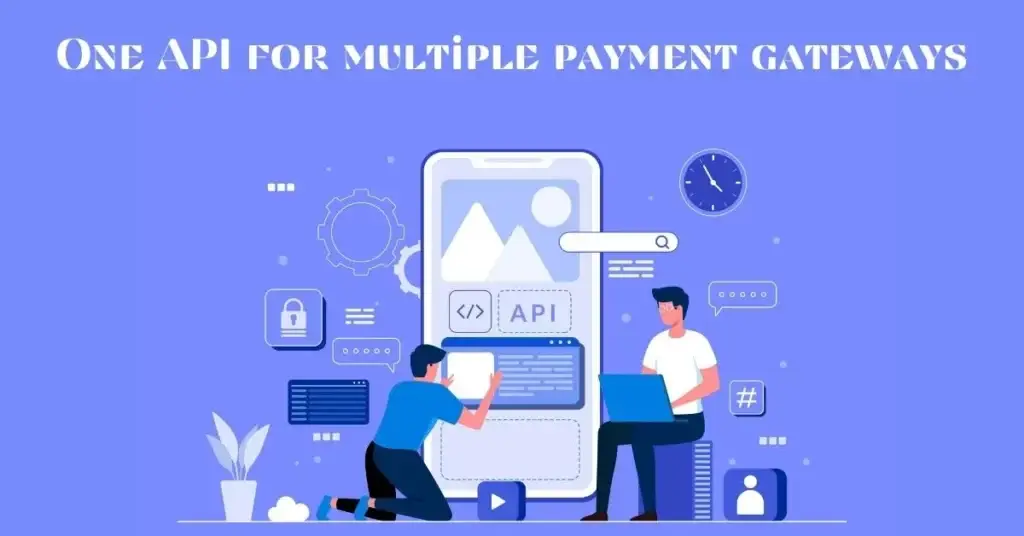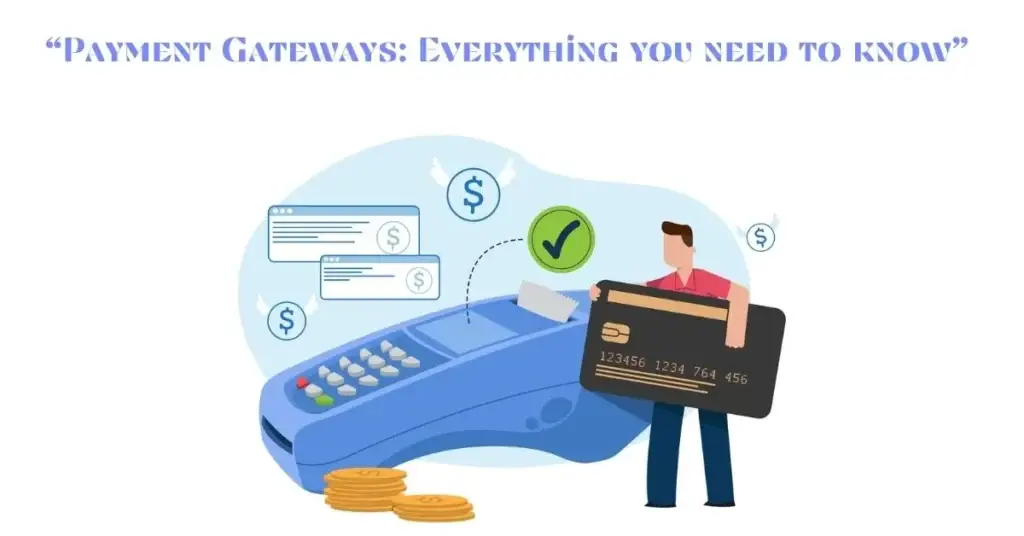In recent years, India has experienced a dramatic shift towards digital payment systems, revolutionizing how businesses and consumers transact. This transformation has been driven by various factors, including government initiatives, increased internet penetration, and the growing adoption of smartphones. The shift towards digital payments in India is not just a trend but a paradigm change that reshapes the country’s economic landscape. This article explores the various facets of digital payments in India, their benefits, types, and how they work to support this significant shift.
The pandemic has undoubtedly influenced a myriad of sectors in the world, at large, and our country, in particular. Among all these areas, the digital payments ecosystem has experienced tremendous growth. Will you be shocked to know that the net worth of digital transactions in 2020, the first year of the pandemic, was $2.9 trillion? Well, that is huge! But, guess what? This is just the beginning! In 2021, the net worth of digital transactions in India reached a giant figure of Rs 63.2 lakh crore. In fact, in 2022, this amount is expected to reach $2.16 trillion.
In this period of “new normal”, businesses are relying on online payments to move ahead with their revenue generation acts. Before the pandemic had started, digital payments were not a part of the mainstream culture. Not everyone was acquainted with the intricacies of online payments. The COVID-19 pandemic triggered a spurt in the volume of UPI transactions in India.
Curious to know how this unconventional shift of India towards adopting digital payments going to affect the very concept of online payments? Wondering what future digital payment trends are going to emerge in the ecosystem of online monetary transactions? Well, keep reading to find out what holds in store for digital transactions in India!
Reasons For Embracing Digital Payments
In 2020, as many as 48 billion transactions were made. And, guess what? 2021 was no less! Let’s have a quick look at the factors that induced this swift turn to digital transactions in our country.
- The growing concern for health among the masses and deliberate attempts of insulation from public contact;
- Grand entry of tech giants and new players in the digital payments ecosystem;
- Efforts to elevate customer experience;
- Endeavour to bring technology in the fold of business and simplify monetary transactions
Understanding Digital Payments: Definition and Meaning
A digital payment is a financial transaction conducted electronically, eliminating the need for physical money or checks. These payments are made using various digital tools, such as credit and debit cards, net banking, mobile wallets, and Unified Payments Interface (UPI) platforms. Digital payments offer speed, convenience, and security, making them increasingly popular in India.
Digital Payment Meaning: At its core, digital payment refers to any payment made electronically. This could range from swiping a card at a point-of-sale (POS) terminal to making an online purchase via a mobile app.
The Rise of Digital Payments in India
India’s journey toward a digital economy began with government initiatives such as Digital India and the introduction of the Unified Payments Interface (UPI). These efforts aimed to make financial transactions more accessible and seamless for the Indian population, especially those without traditional bank accounts.
Digital Payments in India have witnessed exponential growth due to several key factors:
- Demonetization: In 2016, the Government of India demonetized high-denomination currency notes to curb black money and promote digital transactions. This move significantly boosted the adoption of digital payment methods.
- Government Incentives: The government has been pushing for a cashless economy by promoting digital transactions through initiatives such as the Pradhan Mantri Jan Dhan Yojana (PMJDY) and Direct Benefit Transfer (DBT).
- Increased Internet Penetration: With over 700 million internet users and growing, digital transactions in India have become more accessible to a wider audience.
Benefits of Digital Payments in India
Digital payments offer numerous advantages, contributing to their widespread adoption:
- Convenience: Digital payments eliminate the need to carry cash, making transactions easier and more secure.
- Speed: They offer instant payments, unlike traditional banking methods, which may take several days to process.
- Transparency: Digital transactions are traceable, reducing the chances of fraud and corruption.
- Cost-Effectiveness: Digital payments reduce the cost of managing physical currency, including printing, storage, and transportation.
Types of Digital Payments in India
India’s digital payment landscape offers a variety of methods, catering to different needs and preferences:
- UPI (Unified Payments Interface): UPI is a real-time payment system that allows users to link multiple bank accounts to a single mobile application, enabling seamless fund transfers and bill payments.
- Mobile Wallets: Platforms like Paytm, PhonePe, and Google Pay allow users to load money and make payments digitally.
- Net Banking: Internet banking provides online banking services, including fund transfers, bill payments, and online shopping.
- Credit and Debit Cards: Cards remain popular for both online and offline transactions.
- Aadhaar Enabled Payment System (AePS): This is a bank-led model allowing customers to perform financial transactions using their Aadhaar card and biometric authentication.
How Do Digital Payments Work?
Digital payments work by using electronic methods to transfer money from one party to another. The process typically involves:
- Authentication: Verifying the identity of the payer, often through PINs, passwords, or biometric data.
- Authorization: Confirming that the payer has sufficient funds or credit to complete the transaction.
- Processing: Facilitating the actual transfer of money between accounts, which may involve multiple financial institutions.
Digital Payment System in India: Key Players
The digital payment system in India includes banks, fintech companies, payment aggregators, and government bodies. Notable entities driving the digital payment ecosystem include:
- National Payments Corporation of India (NPCI): Oversees the UPI platform and other digital payment initiatives.
- RBI (Reserve Bank of India): Sets the regulatory framework for digital payments.
- Digital Payment Banks: Specialized entities like Paytm Payments Bank and Airtel Payments Bank offer basic banking services and facilitate digital transactions.
Digital Payment Solutions for E-commerce
The rise of e-commerce has necessitated the adoption of various digital payment methods. For e-commerce businesses, having a robust digital payment infrastructure is essential to provide a seamless checkout experience, reduce cart abandonment rates, and ensure secure transactions.
Digital Payment Requirements in E-commerce:
- Multiple Payment Options: E-commerce platforms should offer multiple digital payment options, including UPI, cards, net banking, and mobile wallets, to cater to diverse customer preferences.
- Secure Payment Gateway: A secure payment gateway is crucial to protect sensitive customer data and prevent fraud.
- Instant Payment Confirmation: Real-time payment confirmations improve customer trust and satisfaction.
How Does Digital Payment Work in E-commerce?
In an e-commerce context, digital payments involve several steps:
- Customer Checkout: The customer selects the products and proceeds to checkout.
- Payment Selection: The customer chooses a preferred digital payment method (UPI, card, wallet, etc.).
- Transaction Processing: The e-commerce site communicates with the payment gateway to authenticate and authorize the payment.
- Confirmation: Once the payment is processed, the customer and merchant receive confirmation.
Types of Digital Payment Systems
There are various types of digital payment systems that cater to different transactional needs:
- Closed Systems: Systems like mobile wallets, where funds can be used only within a specific ecosystem (e.g., Paytm Wallet).
- Semi-Closed Systems: Platforms where users can transfer money to a bank account or another user (e.g., UPI).
- Open Systems: Payment methods such as credit/debit cards that can be used anywhere.
Digital Payment Methods in India
India has a diverse range of digital payment methods, from traditional bank transfers to modern mobile wallets and UPI systems. Each method offers unique benefits and is tailored to different user needs:
- UPI: Fast, secure, and convenient for peer-to-peer and merchant transactions.
- Net Banking: Ideal for online bill payments and bulk transactions.
- Cards: Widely accepted for both online and offline payments.
Trends In The Digital Transaction Ecosystem
#1: Large-Scale Adoption Of Online Payment Apps
Digital payment apps such as Google Pay, Paytm, PhonePe etc., are on the rise in the present day. Although these apps were in existence for a long period, they were not a part of mainstream business society till the pandemic crashed down upon the world. Starting from local grocery stores to brand showrooms in world-class shopping malls, the option of digital payments has become a normalised aspect. No matter where you go and what service you intend to purchase, the mode of online payments is sure to prevail. Booking tickets? Use UPI. Going to a movie? Why use online payments! Shopping in your favourite store? Well, use the online payment apps! Irrespective of the activity you are doing and the service you are going to purchase, cashless payment has become the necessity of the hour. With every passing day, more and more people are going to move around freely without having to face the hassle of making payments in cash.
Zero-touch payments have witnessed immense popularity in the age of pandemics. The growing tendency among the masses to stay safe and abstain from contacting the “surface” has made a great volume of users adopt the payment apps and prefer UPI for completing all sorts of monetary transactions. Since card payments are not contactless, large chunks of people are going in the direction of making online transactions. And thus, it is one of the reasons behind India’s complete shift towards embracing digital payments.
#2: Digitalisation Of Banking Services
Well, here too, in this specific trend, the pandemic had a great role to play. Earlier, people used to travel to the banks and enjoy services such as money deposition, account creation and much more with the help of banking professionals. However, this factor of “virus” made people wary of their health. Banks are making investments in the digitalisation venture to ensure the dissemination of services to the public, completely in the “online” mode. Although this norm has not been made a full-fledged one, it is expected that online banking facilities will become a part of the mainstream culture shortly.
#3: Emergence Of Payment Management Systems For Banks & Companies
Billions of UPI transactions are being made since 2020. While online payments were proliferating at a massive rate, these very digital payments have emerged as causes of technical outages, server downtimes and various other technical issues. Important banks of India faced massive technical problems which resulted in great failure of online monetary transactions. To address this hurdle in the way of digital payments, it has been suggested in an RBI report that special focus will be given to enhance the design of the basic technical system so that online transactions can be made smoothly. The development of a separate platform to process and verify transactions that are made quite frequently will be instrumental in lessening the burden usually exerted on the main banking infrastructure.
Once the payments hubs emerge, the digital payments ecosystem will witness a greater benefit. This is because the highly advanced system of payments hubs is going to support multichannel payments. Not only this but these hubs also contribute towards the provision of a highly unified banking platform. Do you know what the best part of this system is? Well, the efficiency of operation is enhanced and the great flexibility is introduced, while also keeping the overhead fees as low as possible.
New Innovations In Digital Payments System
- Creation of Payments Infrastructure Development Fund or PIDF to lay a solid foundation for digital payments and create a strong infrastructure to support online payments in the 3-6 tier cities and the North-Eastern States of India.
- An innovation hub is being developed by the RBI to adopt new technologies and make the space of cross-border payments an overly simple concept.
- Optimal utilisation of IndiaStack is going to be made to ensure that the Government, Indian banks and other business firms get the chance to make the most of digitalisation and go completely paperless when things come to developing interoperability and onboarding, new customers or merchants.
Conclusion
India’s shift to digital payments is unconventional, driven by government policies, technological advancements, and changing consumer behaviors. As the digital payment ecosystem continues to evolve, it will play a pivotal role in driving financial inclusion, boosting the economy, and enhancing the overall customer experience.
Businesses must adapt to this shift by integrating multiple digital payment solutions to meet the diverse needs of their customers. Embracing these changes will not only streamline transactions but also pave the way for sustainable growth in a digital-first world.Starting from 2020, the sector of digital payments is witnessing a sea change in India. Its net worth is going to multiply to a great extent, in the coming years. How exciting will it be to see how events unfold in this space! The area of online payments is going to reach sky-rocketing heights. And all we can do is wait for its huge growth! Stay tuned to our blogs to keep knowing more about the online payments ecosystem.


